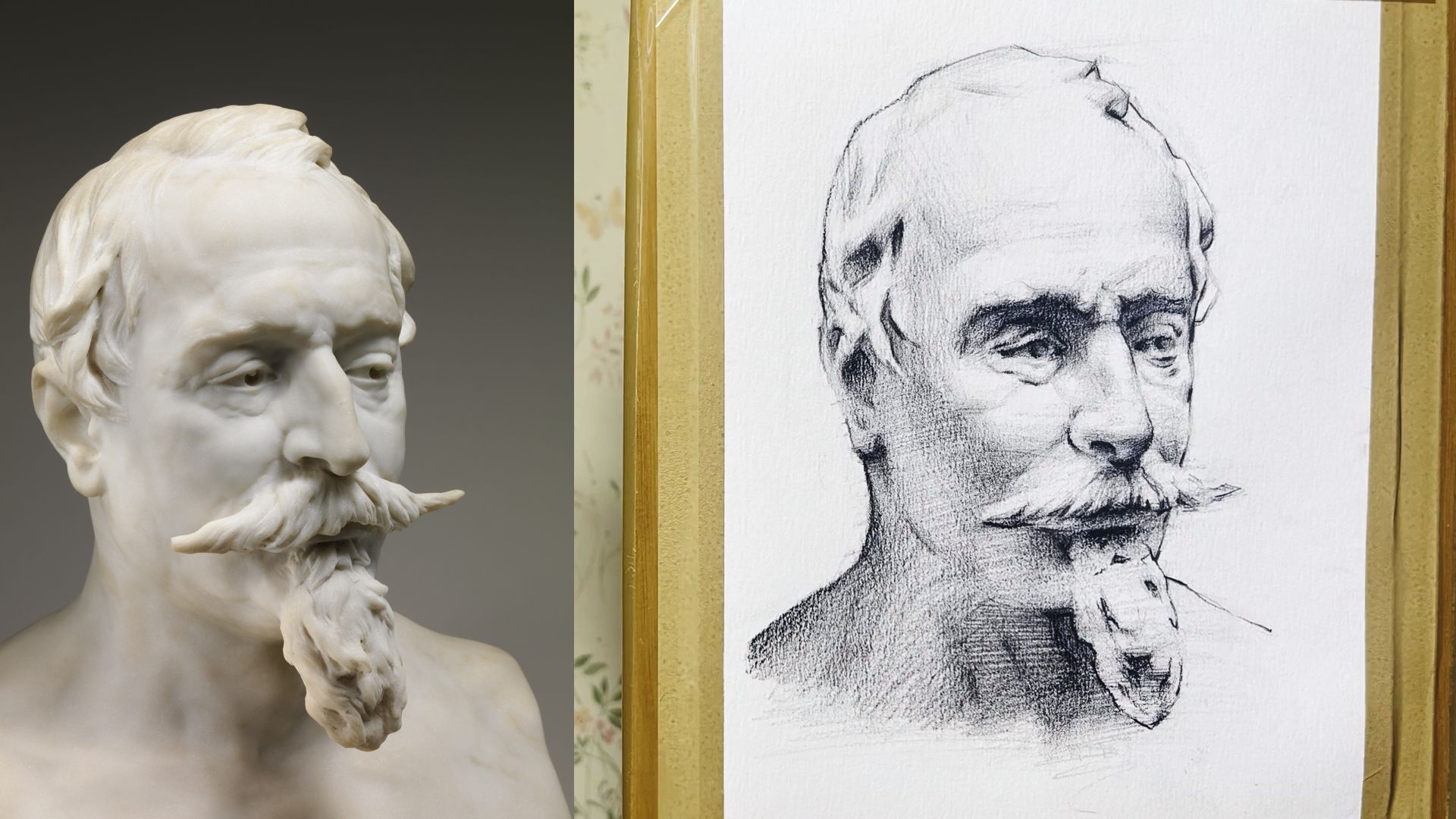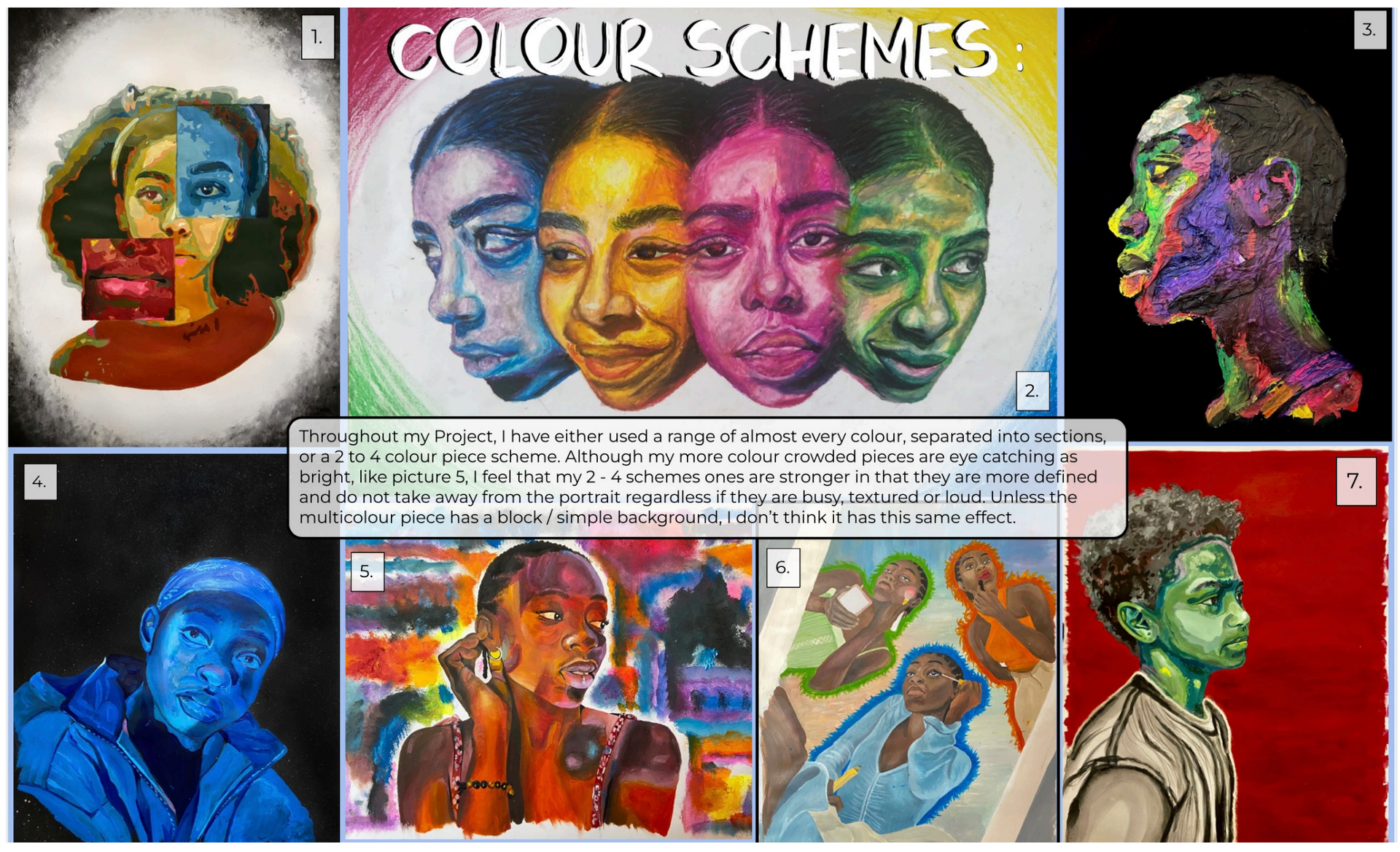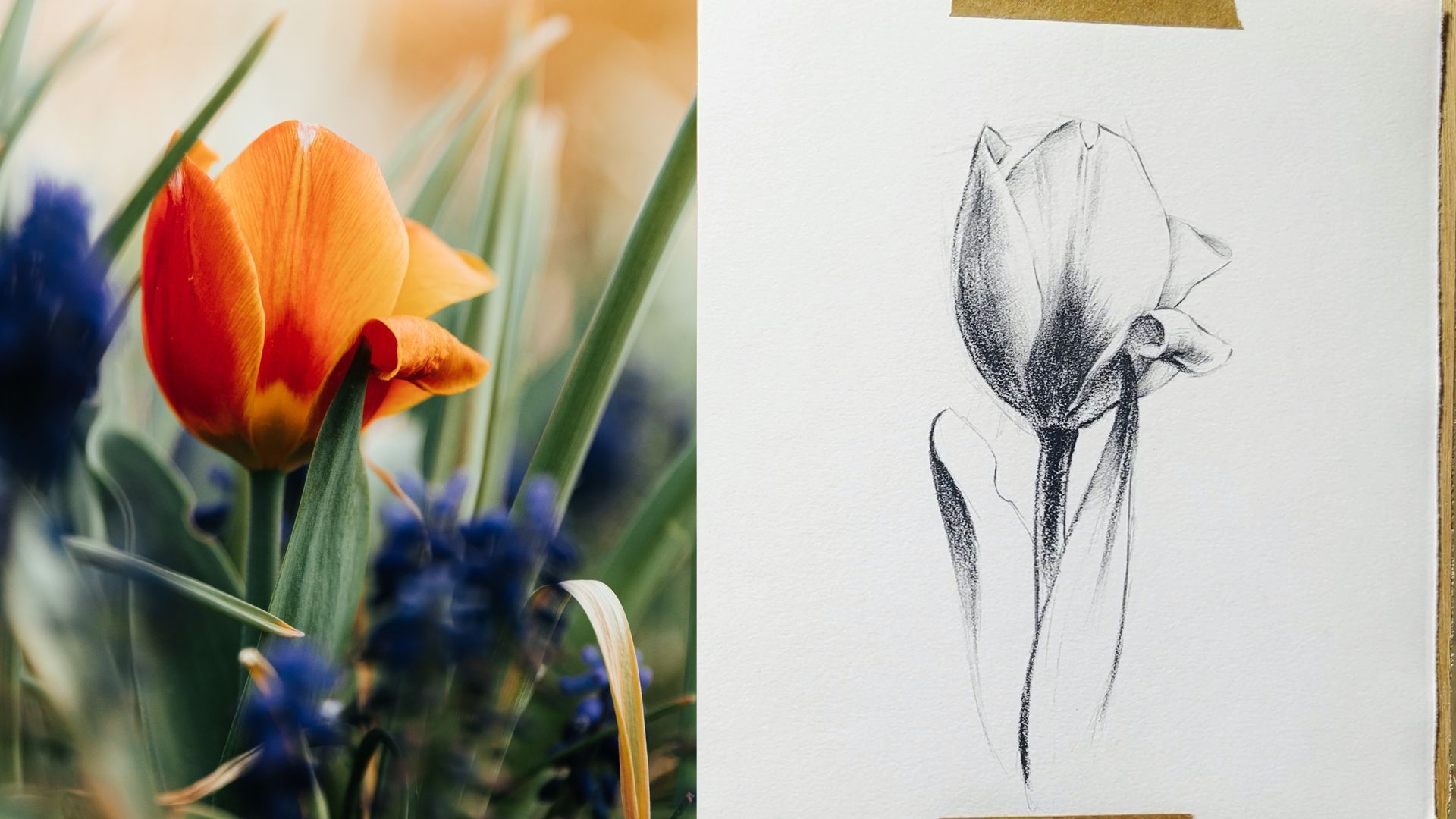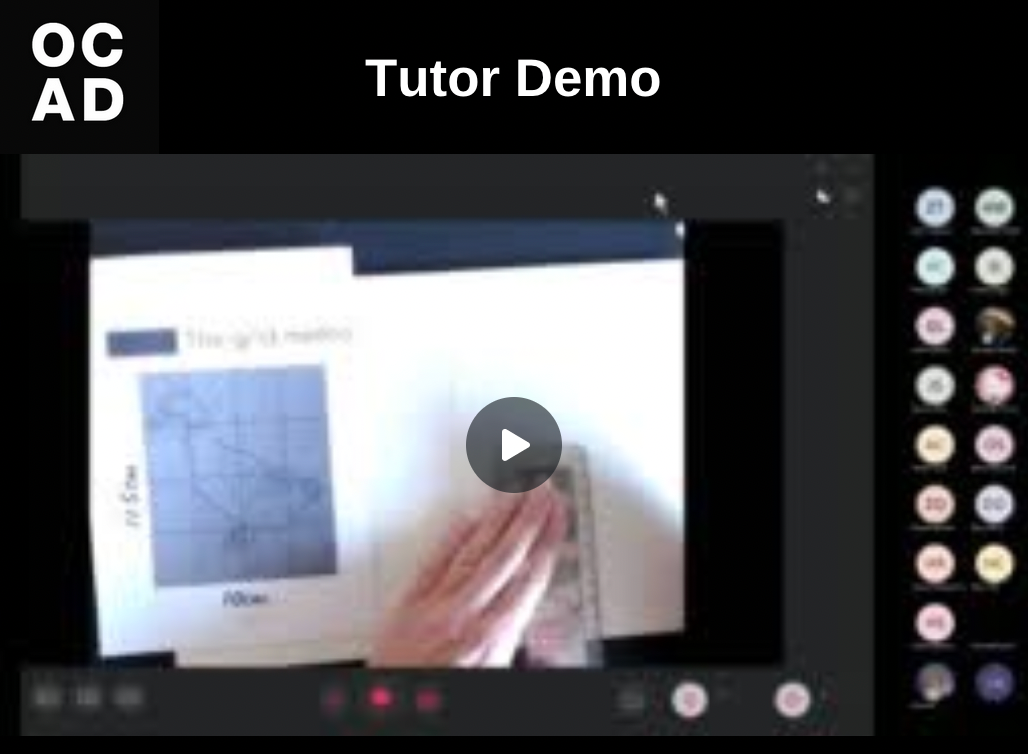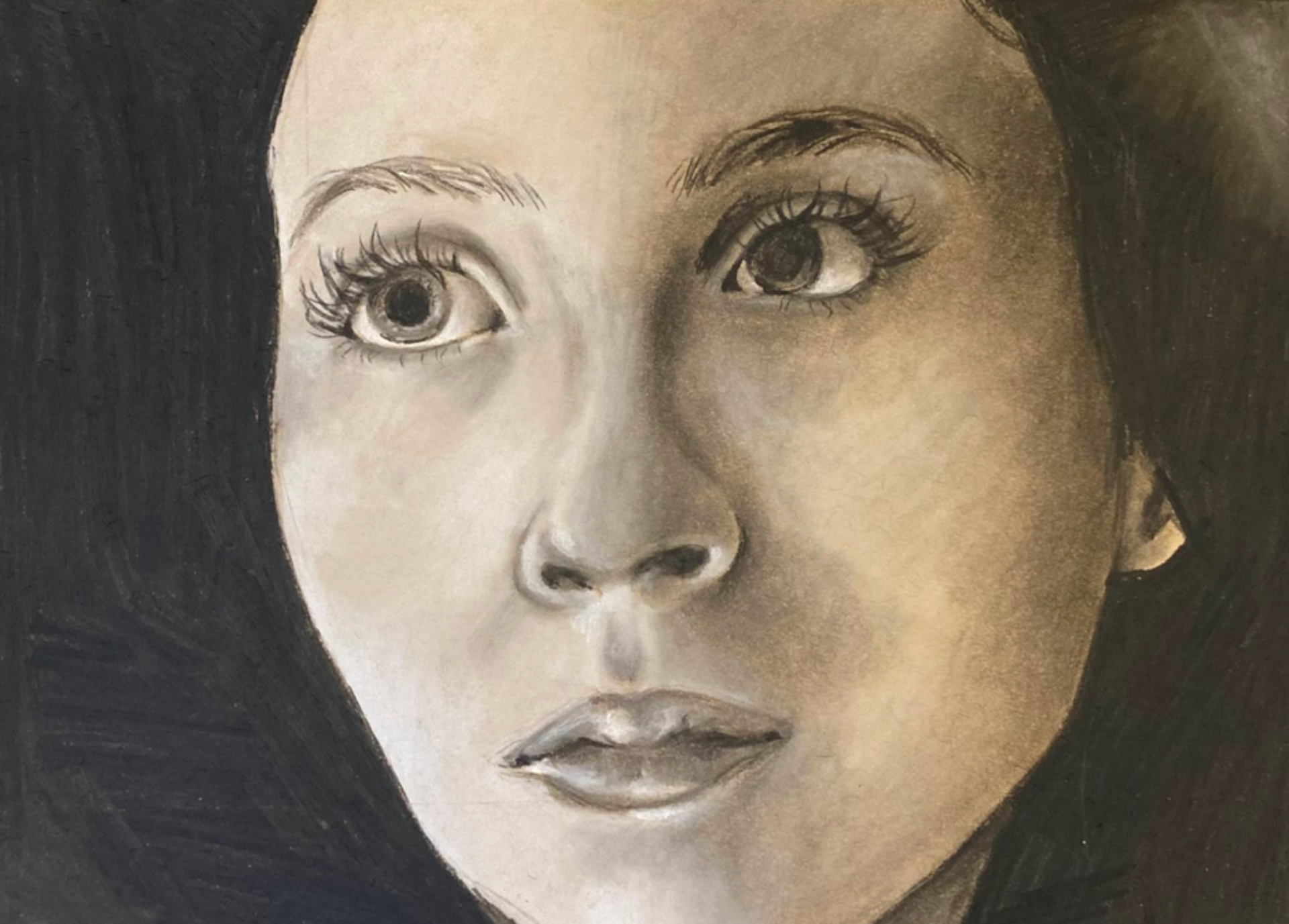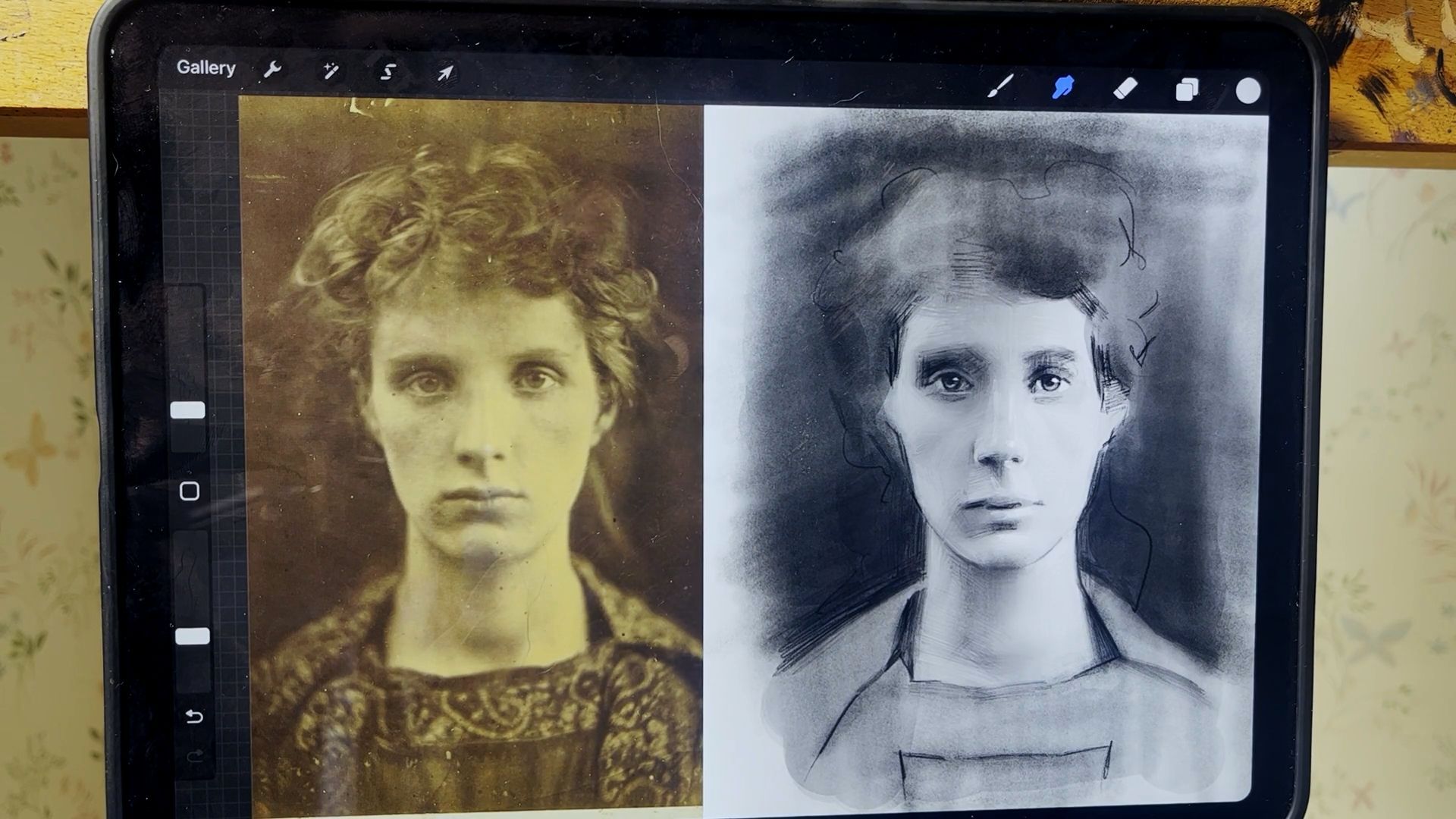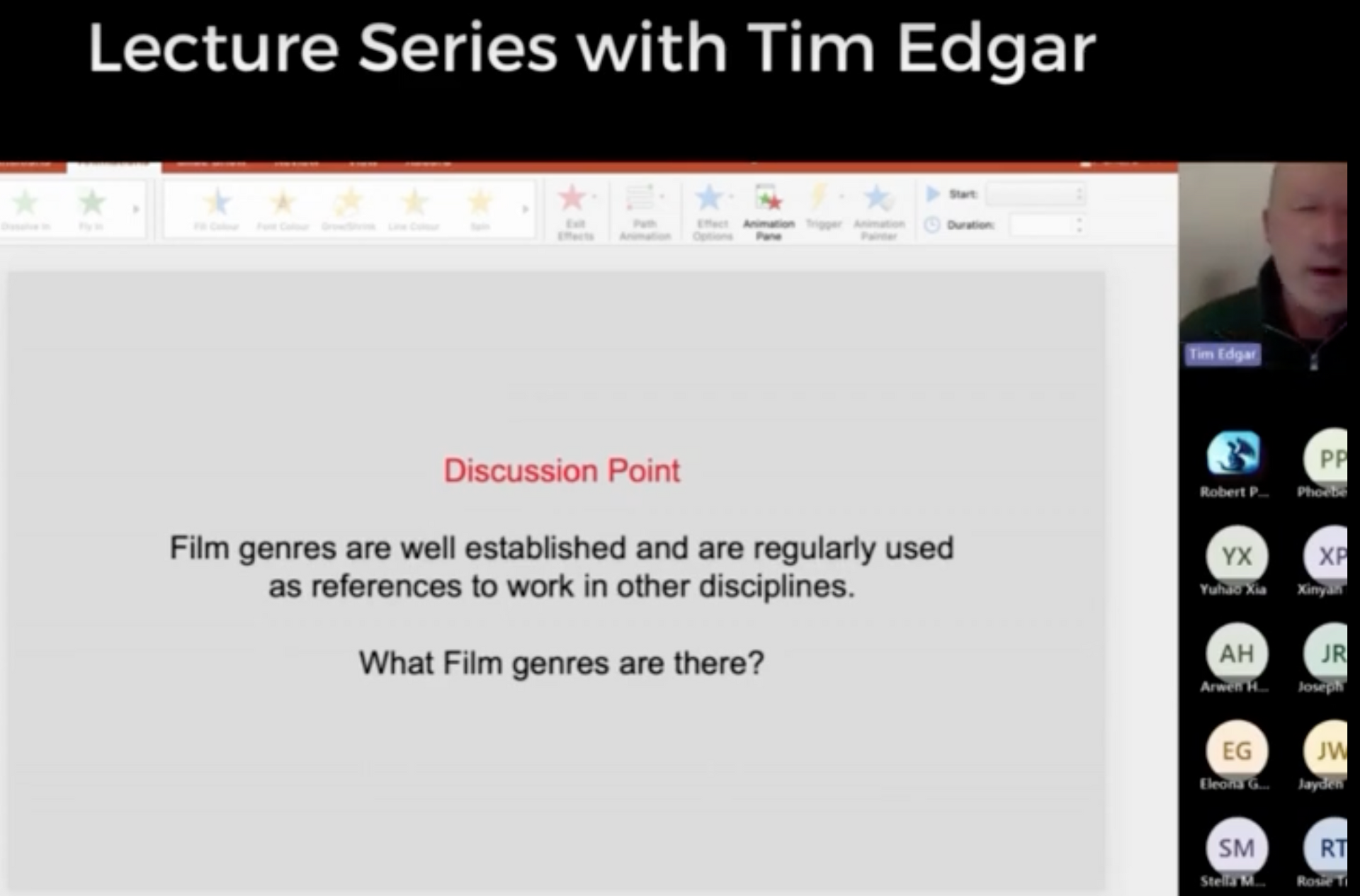How to Write a Personal Statement for a Foundation Art Course
When applying for a foundation art course, writing a personal statement is an important part of your application. This statement is your opportunity to showcase your creativity and passion for art, as well as demonstrate why you are a suitable candidate for the course. Since foundation courses often lead on to University, this is a great opportunity to fine tune your personal statement writing skills, it can also help identify areas of art you may need more training in.
In this post, we will provide 6 tips and guidelines on how to write a personal statement that will help you stand out and increase your chances of being accepted into a Foundation Art course.
6 tips for writing a personal statement - for an Art Foundation course
- Understand the purpose of a personal statement
- Research the course and school
- Be specific
- Show your commitment to art
- Be unique
- Proofread and edit
Understand the purpose of a personal statement
A personal statement is a written document that highlights your experiences, achievements, and goals - both academic and extra-curricular. It is a perfect opportunity for you to demonstrate to the course provider why you are a good fit for the program and how you will contribute to the school's artistic community. Your personal statement should be unique and reflect your personality and interests.
Ideally, your personal statement will be around 70% on why you would be a good student for the school to take on and why you want to study Foundation Art. The remaining 30% should focus on who you are and what you have done outside of school and academia, such as community art projects.
Research the course and school
Before you start writing your personal statement, spend some time researching the Foundation Art course and the school you are applying to. It's easy for admissions staff to spot who has researched and who hasn't, so spend a healthy amount of time on this.
Ensure you have a deep understanding of the course curriculum, the school's mission and values, and the type of students they are looking for. This information will help you tailor your personal statement and identify which of your achievements and qualifications will be best to mention in your personal statement.
Be specific
When writing your personal statement for a foundation art course, it's important to be specific and avoid generic phrases. Specifics will make you more memorable to the admissions committee and showcase your genuine passion for the subject.
To demonstrate your commitment to art, try to include specific examples of your experiences and achievements. For example, if you have taken art classes or workshops, discuss the specific techniques you learned and how they impacted your artistic style.
Highlighting your unique qualities and experiences will make your personal statement stand out and show the school why you would be a valuable student to have onboard. Additionally, you should consider including your portfolio and any awards or exhibitions you have participated to further demonstrate your dedication to art.
Show your commitment to art
The school wants to see that you are committed to the subject and have a genuine passion for art. Be sure to show them how you have pursued your interests outside the classroom. For example, if you have a portfolio of your artwork, mention it and describe the process of creating your pieces. If you have won any art competitions or have been featured in any exhibitions, mention them as well. This will demonstrate your dedication and commitment to the subject and show the admissions team that you have a deep understanding and passion for art.
Be unique
Your personal statement should be a reflection of who you are as an individual and an artist, as well as how you want to grow as an artist. Avoid using generic phrases or clichés, focus on showcasing your unique qualities and experiences. Use your specific skills to tell the school why you are the best candidate for an Art Foundation diploma.
Being unique and genuine will make your personal statement stand out, making you more memorable to the school admissions team.
Proofread and edit
Read, read and read again.
You may be thinking “this is an Art course, why is writing important” but not checking your work for spelling or grammar errors massively reflects on your attention to care, and this will be noticed by the admissions team.
Before submitting your personal statement, spend some time proofreading and editing. Check for spelling and grammatical errors, and make sure your statement is clear and concise. It's important to include relevant information, but try not to bore the reader.
It's also a good idea to have a friend or family member read over it to get a second opinion. Your statement should be polished and professional, as it is a representation of your abilities as an artist and potential student.
Conclusion
Writing a personal statement for a Foundation Art course is an important aspect of the application process, and provides you valuable experience for the future. It provides the admissions committee with a glimpse into your passion and dedication to art, and allows you to showcase your unique qualities and experiences.
Remember, your personal statement should reflect who you are and where you want to go. It should showcase your passion and commitment for art and, if possible, include your real world artistic experiences.
A well-written personal statement can massively increase your chances of being accepted into the course of your choice and continue down the path towards your dream artistic career.
Writing a strong personal statement requires time and effort, but it is well worth it. Following our tips, will help you write a personal statement that stand-out, making you a competitive candidate for a Foundation Art course.
Get your Foundation Art Diploma with OCAD
Study Foundation Art with the Online College of Art and Design (OCAD) and delve into the artistic world.
Our Foundation Art course opens the door to top universities and top employment. With a variety of project pathways you can explore the art disciplines which most suit you and your skills.
Get in touch today!
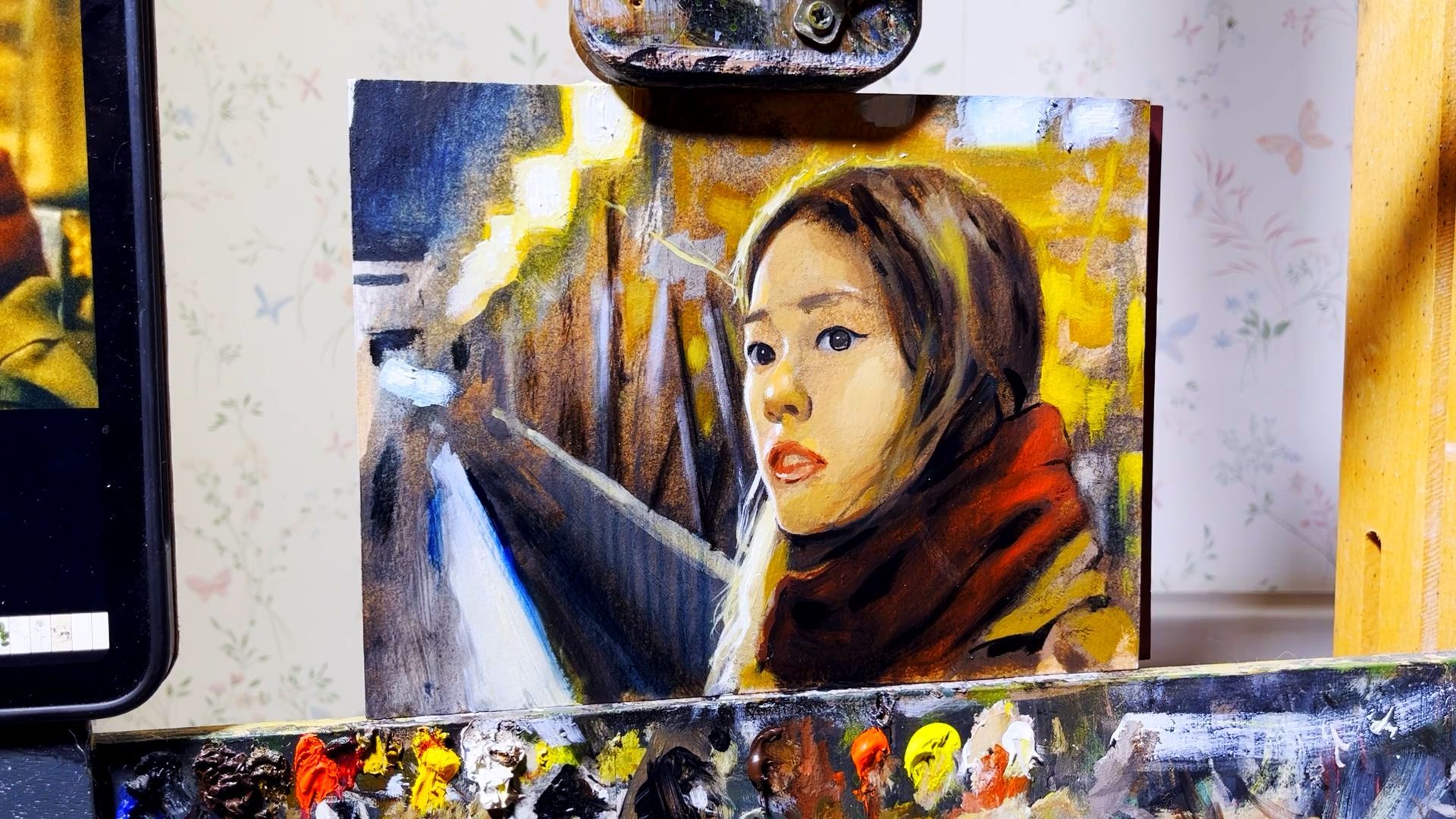
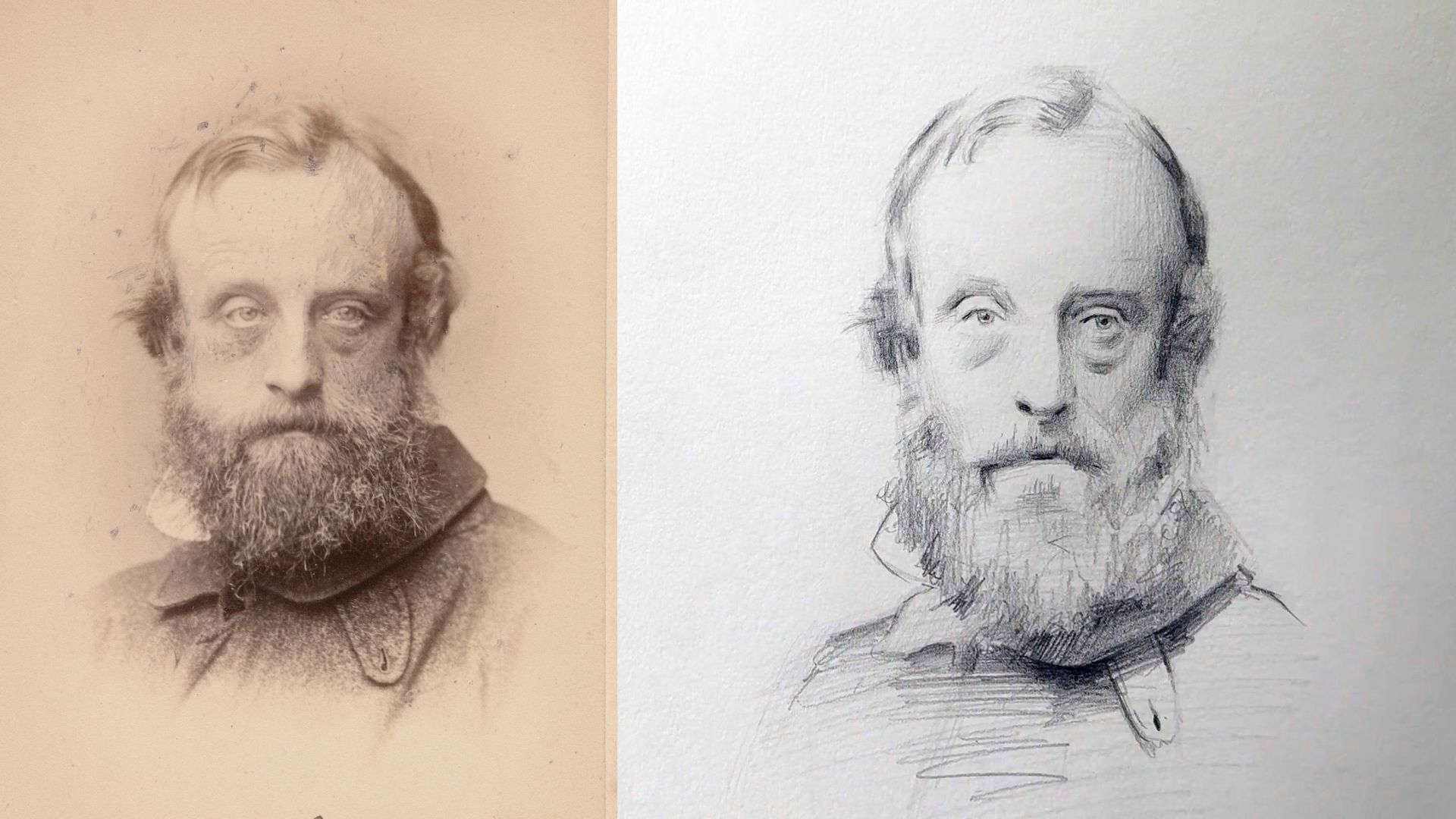
OCAD is part of the Cambridge Online Education Group - Company number 06594953
Registered UK Learning Provider 10033485
Cambridge Online Education Ltd

